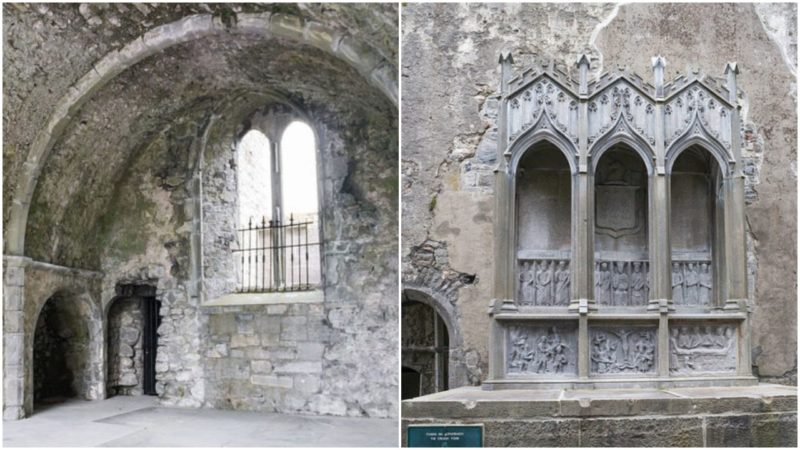Ennis Friary is a Franciscan monastery erected, as the name would suggest, in Ireland’s country town of Ennis.
The word Ennis derives from the Irish word Inis, which translates as ‘island.’ The original Irish name of the town is Inis Cluana Rámhfhada, which translates as ‘the island of the rowing meadow.’
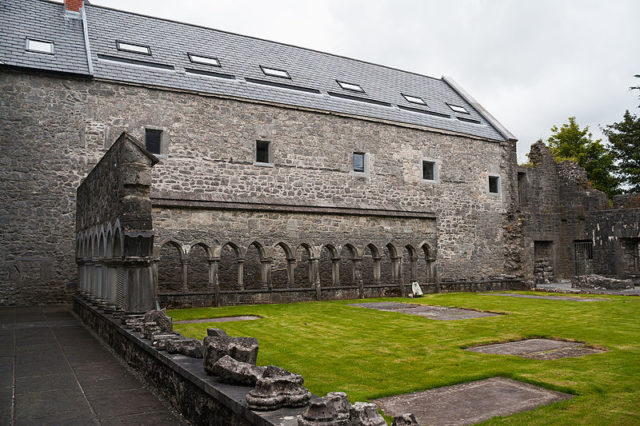
Legend has it that the friary was erected after a bloody clash between Donnchadh Cairprech Ó Briain, the crowned head of Thomond; and Muircheartach Finn Ó Briain, his brother.
In an attempt to pay for his sins, Donnchadh ordered the construction of a friary on an island of the River Fergus. According to historians, the friary may have been constructed in place of an older church.
Donnchadh also financed an additional three friaries: Ennis Friary, a house for the Dominicans at Limerick, and the rebuilding of Inislounaght Abbey. Donnchadh intended Ennis Friary to serve as a burial place for the royal family.
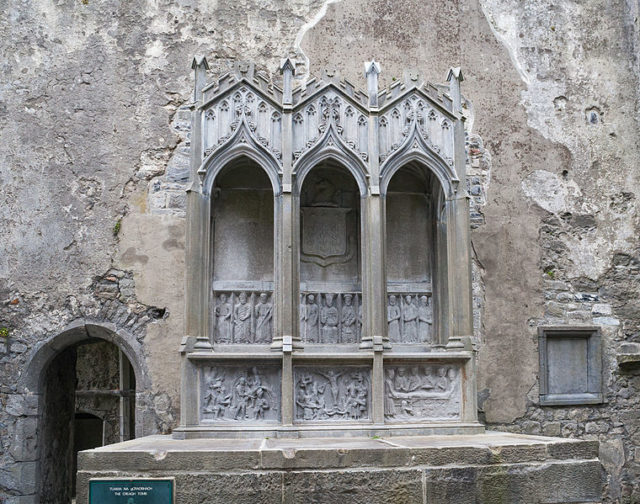
When Donnchadh died in 1244, however, his body was taken to the Dominican house and laid to rest there instead of at Ennis Friary. Researchers assume the reason for this was that Ennis Friary was still under construction at the time.
In 1287, the new king of Thomond, Toirdelbach Ó Briain, went head-to-head against Thomas de Clare, the grandson of King Edward I of England, and was victorious. The same year, Toirdelbach Ó Briain gifted Ennis Friary with crucifixes, bells, and stained glass. Both of his sons were laid to rest in its grounds.
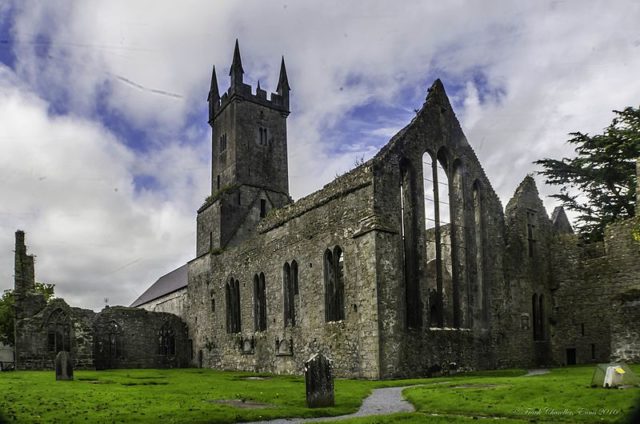
For years, the friary received the support of the crown but deeply depended upon the goodwill of the local population to support it. It had no land of its own, nor any other means by which it could ensure economic independence.
In return for their donations, the friary offered education for the townsfolk of Ennis. Decades before the Great Plague, a man by the name of Maccon Caech MacNamara gifted the site with a refectory and sacristy, thus extending it further. MacNamara lost his life to the plague and his remains were buried at Ennis Friary.
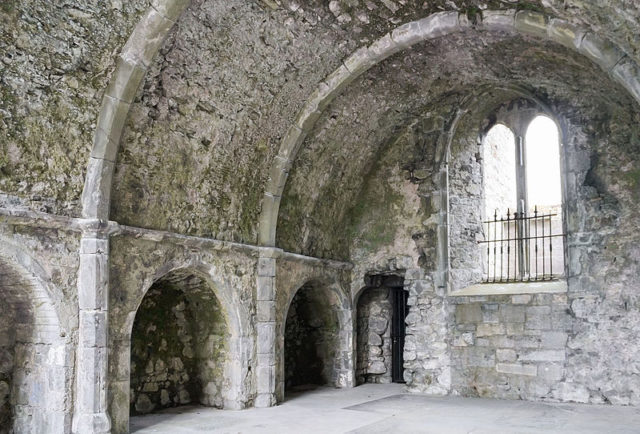
Over the years the friary continued to expand. At the start of the 15th century, the transept and cloister were added and, 75 years later, the complex received its belfry tower.
Things became difficult when Henry VIII began the Dissolution of the Monasteries in 1537. Nonetheless, the friary kept running officially until 1570, after which it was forced to operate in secret.
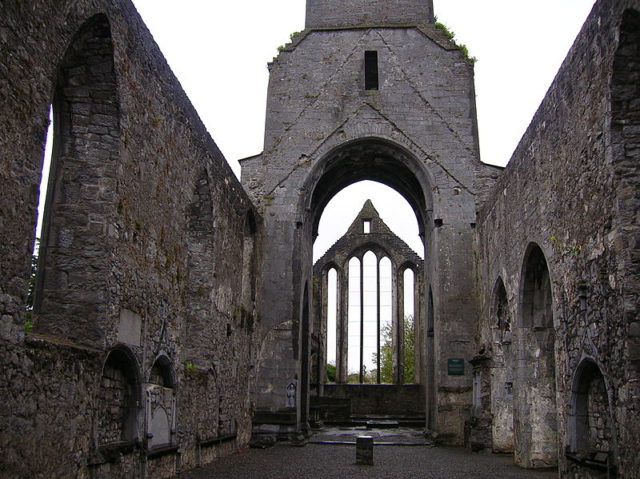
Almost sixty years passed before the friary was once again openly established, during the time of Charles I. In 1651, it was again discontinued. The beginning of the end came for Ennis Friary in 1871. A new church was erected at Bindon Street as it was decided that the friary was much too costly to maintain.
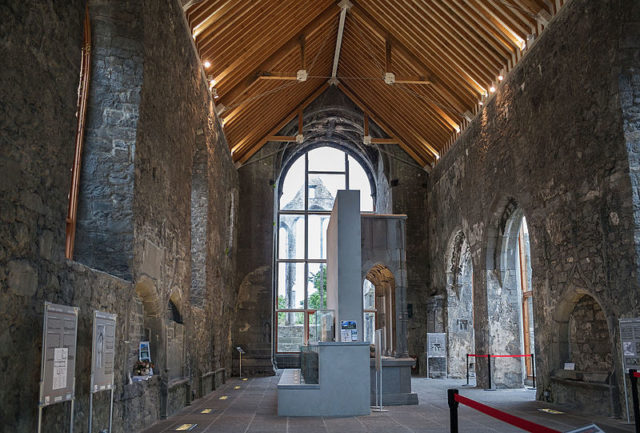
The roof of the nave collapsed in 1887, rendering it open to all of nature’s elements. Towards the end of the 19th century, control of the site was transferred to the Commissioners of Public Works. Some major renovations had been carried out but the friary nonetheless remained closed.
In 1952, the Office of Public Works did some renovations of their own. By 1969, the Church of Ireland returned the friary to its rightful owners, the Franciscans.
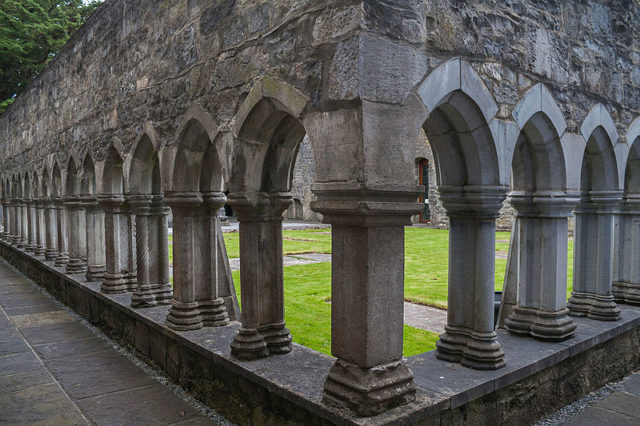
Today, all that remains of the friary is the bell tower, the transept chapel, and fragments of the cloister. The nave was fully renovated and roofed, and the site remains open to the general public.
